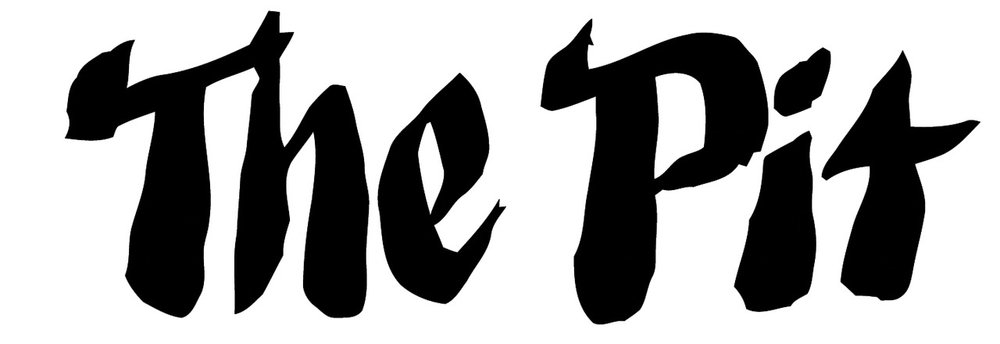Playing with Paint, Self-Portraiture, and Penises
Like a Ferrari parked in a garage in Emeryville, California, for way too long, Keith Boadwee is finally taking his show on the road. A transgressive artist, probably known best for his homoerotic yet humorous photographic self-portraits, Boadwee faded into relative obscurity after some early success in 1990s Los Angeles. Now 54, the former student of Charles Ray and Paul McCarthy lives quietly in Emeryville with his husband Kenny and teaches at the San Francisco Art Institute and the California College of the Arts.
This year his work is reaching new audiences, with well-received exhibitions at New York’s Shoot the Lobster gallery and at Hacienda in Zürich last March, and now in Austria with a painting collaboration with A.A. Bronson at the Salzburger Kunstverein.
Boadwee’s current show at Brennan & Griffin on New York’s Lower East Side is a collection of 20 photographs based on the theme of “the painted body.” It is also a survey of works made between 1989 and 2000. Essentially we are looking back in time not only at the impact UCLA’s teachers had on him, but also at how he then went his own way, mixing issues of queer identity with an unrelenting critical engagement with art history. To accomplish this, instead of choosing painting, performance art, or photography, he chose all three.
In two pictures, he appropriates the form of a target in order to refer to Pop art and Op art. To Boadwee, the letter “O” in each presents an opportunity to display his own painted body: his rectum is the center of the target in “Op Art” (1997), and his painted scrotum forms the “O” in POP Art” (1997). Works like these might seem puerile on the surface, but both are complete, well-executed ideas. Ironically, they are aggressive comments on vulnerability and the dual/manifold identity/ies some gay artists must perform, least they appear threatening to friends, family, collectors, or dealers.
“Crystal Geyser” (2000), Boadwee appears only in the form of a naked bottom spouting white paint out of his rectum like a kind of volcanic eruption. The backdrop is constructed like a movie set, and his butt is apparently the source of the crystal geyser. In other images, he reconstructs paintings by Sigmar Polke (“Swans after Polke,” 1991) and Ernst Ludwig Kirchner (“After Kirchner,” 1991) as if they were movie sets, so he can perform within them. His rapid-fire painting technique belies a carefully considered plan of attack: He is not interested in reproducing the paintings so much as making them into vehicles for his own added commentary.
Whether it is the menacing image of a giant papa Smurf urinating on the artist (“Smurf Pissing [Pissing in Hand]” 1990) or a Bert doll from Sesame Street placed between his legs with the artist’s scrotum flopped over his head as a makeshift turban (“Bert Swami,” 1997), these pictures are as perplexing as they are intriguing. The show is an interesting homage to a time when the concepts of the abject and formlessness were the most important issues of the day. Other artists exploring the body and body functions at the same time included Sarah Lucas, Cindy Sherman, and Jake and Dinos Chapman.
And yet, Boadwee brings it back home and makes himself the center of an abject universe. Like his teacher Paul McCarthy, he practices a sort of artistic self-immolation, often becoming the butt (sometimes literally) of his own sarcasm. Unlike McCarthy, however, these pictures remind me of the continual and ongoing dialogues that Martin Kippenberger had with his own influences, going so far as to make paintings of himself lying passed out in his own vomit. Like Kippenberger, Boadwee is always the star of his own B-movie.
Essentially, what we have here is the artist making his own brand of “Untitled Film Stills,” á la Cindy Sherman, but using transgressive performance art as the basis of his narrative. Placing yourself at the center of a universe you create is conceptually different than merely inserting yourself into someone else’s universe, as James Franco did last year when he showed his copies of Cindy Sherman’s photographs but with himself replacing Sherman. This is complicated meta-territory where issues of psychology, pathology, authorship, and the tragic all collide. Needless to say, with so many layers, Boadwee’s work is easy to misunderstand.
And yet, his staged photographs are rooted in a lively, free painting practice. For all those who thought that painting was dead, Boadwee shows that, for him at least, it is alive and well — fertile ground for both hilarity and the exorcising of society’s demons, as well as his own.
Keith Boadwee: 1989–2000 continues at Brennan & Griffin (55 Delancey Street, Lower East Side, Manhattan) until October 25.








